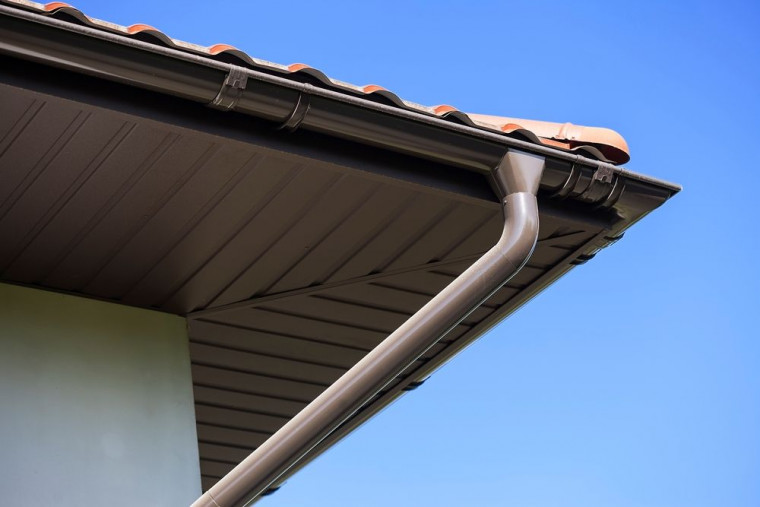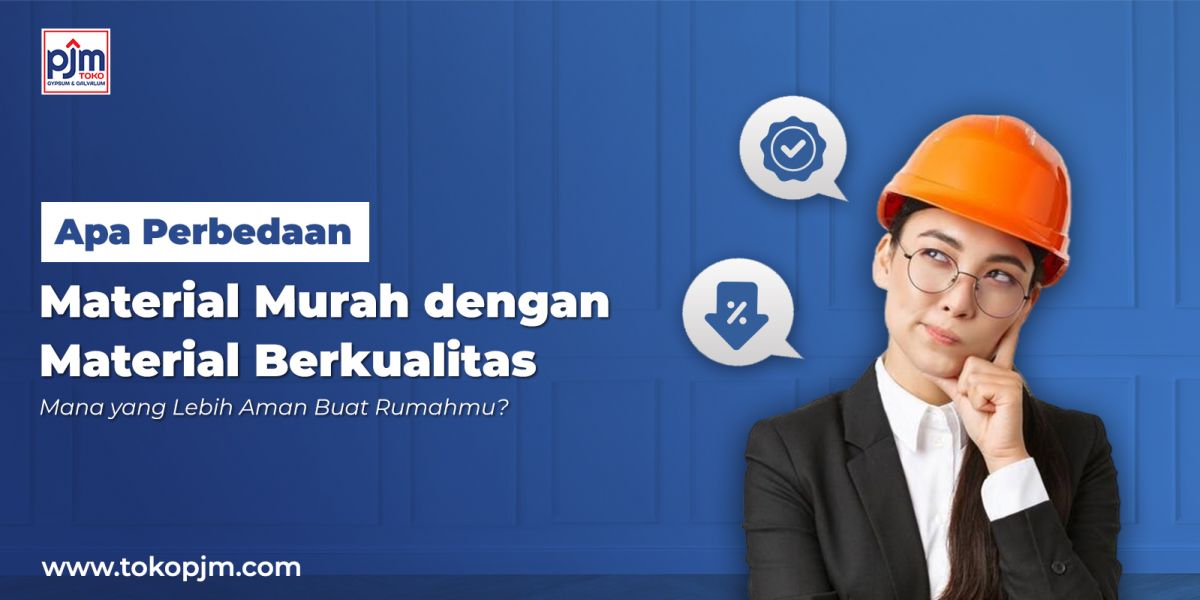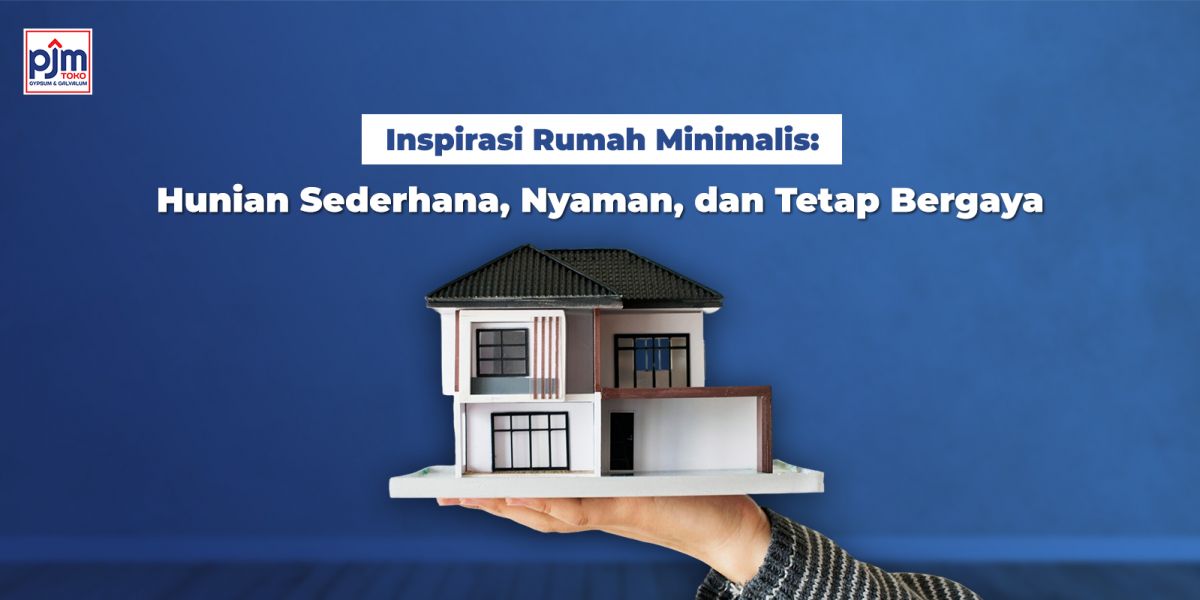THE IMPORTANCE OF USING EAVES (OVERSTEK) IN BUILDINGS: FUNCTION, BENEFITS, AND WHY YOU SHOULD USE THEM
25 November 2025

In the world of construction, many building elements look simple but play a major role in the comfort and durability of a home. One such element is the eave (overstek). Unfortunately, many people still don't understand how crucial the eave is for building protection, despite its great benefits, especially in tropical climates like Indonesia.
In this article, we will fully discuss what an eave is, its main functions, and the reasons why every building should use quality eaves to maintain the home's resilience in the long term.

What is an Eave (Overstek)?
An eave (overstek) is the part of the roof that juts out beyond the building's wall. It is typically seen at the roof edge, extending approximately 40–100 cm from the side of the wall. Although it looks like an aesthetic element, the eave actually has crucial technical functions that should not be ignored.
In a construction context, the eave acts as additional protection for walls, frames, windows, and other exterior areas from rain, heat, and extreme weather.

Why Are Eaves Important for Buildings?
- Protects Walls from Rainwater The main benefit of eaves is protecting the building walls from rain splashes. During heavy rain, water often bounces in all directions and hits the wall surface. Without eaves, walls will become damp, moldy, or even crack faster due to temperature changes. With the presence of an eave, rainwater is held back before it hits the wall, making the building more durable and long-lasting.
- Reduces the Risk of Leaks A roof that has an eave minimizes the risk of water entering the gaps around walls or windows. This is very important, especially in houses that have many openings such as windows and ventilation. Eaves help direct water flow away from the building structure so the potential for leaks can be significantly reduced.
- Protects Frames and Windows Wooden or aluminum frames still require protection from repeated rain exposure. Eaves help keep the frames dry and extend their lifespan. Additionally, windows are protected so they are not frequently exposed to direct rain, which often causes corrosion or mold.
- Reduces Sun Heat Entering the Home Besides blocking water, eaves are also important for protecting the home from solar heat radiation. During the day, especially in Bali and other tropical regions, sunlight can drastically increase room temperature. Eaves work as passive protection, helping reduce the heat that enters through walls and windows, making the rooms feel cooler without having to rely on air conditioning.
- Adds Aesthetic Value to the Building Eaves also add aesthetic value to a home. Their design can be customized to the shape of the building, providing a tidier, more modern, and proportional architectural touch. Eaves built with quality materials and workmanship will make the home's appearance more attractive.
The eave is more than just a part of the roof that juts out, it is an essential protection system for the building. Besides being able to shield the walls from rain, reduce heat, prevent leaks, and make the home look more appealing, the eave also helps prolong the overall lifespan of the building.
So, if you are building or renovating a house, do not forget to include eaves in the planning. This small protection can bring significant benefits to the comfort and durability of your home.
Tips for Choosing the Right Eave Material
For the eave to work optimally, choose materials that are strong, weather-resistant, and have a long lifespan. Roofing materials like lightweight steel, quality tiles, and neatly installed gutters will comprehensively enhance the eave's protective function.
If you plan to build or renovate a house in Bali, be sure to visit Toko PJM. Toko PJM provides the most complete and affordable building materials for your needs in ceilings, lightweight steel, eaves, gutters, and roofing equipment. With the best quality, you can ensure your building remains safe and strong in the long term.


